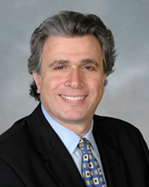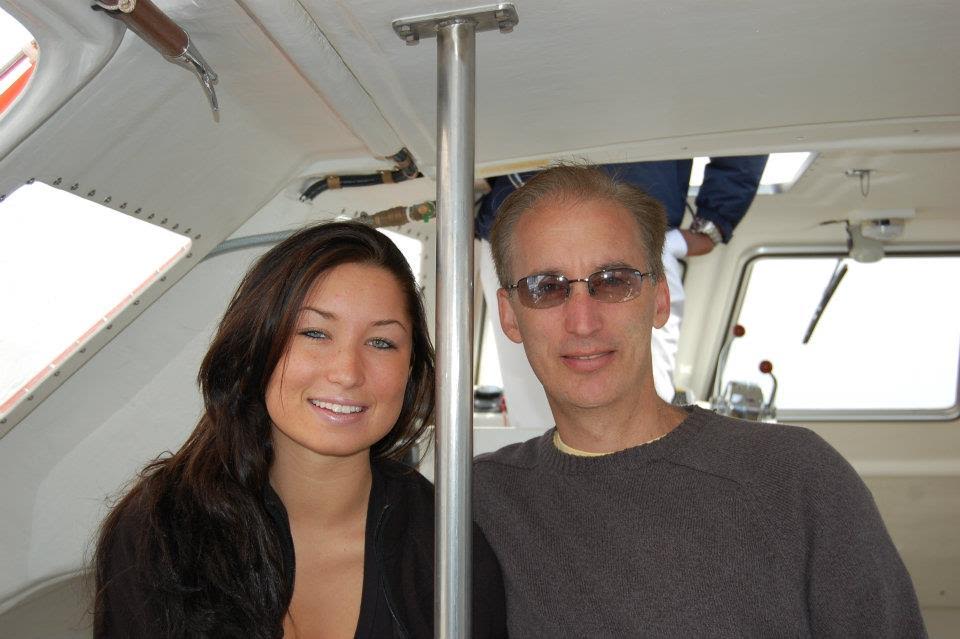
Have you had the desire to ask some of your LLS professors questions that did not particularly pertain to their classes? Would you like to know more about the profession the professor would choose, if he, or she, had not pursued becoming a professor? Or if he, or she, could meet one famous person (historical or alive now) who would it be? The Professor’s Corner, featured during each semester, will allow students to get to know their LLS professor’s personal side. This week Dr. Jeffrey Morton, a Professor of Political Science and Fellow at the Foreign Policy Association, is interviewed by his daughter, Emily Morton.
- What profession would you choose to pursue had you not become a professor of political science?
- A professional billiard player, because I like the combination of geometry, pressure, and big-time winnings.
- Which is your favorite destination that you have traveled to thus far?
- The south of France, specifically St. Paul de Vence.
- Which country or destination would you like to add to your list?
- Mongolia, in order to visit the birth place of Genghis Khan, in the Khentii Mountains.
- If you could meet one famous person (historical or alive now), who would it be?
- Benjamin Franklin, because he was America’s first diplomat.
- University or life experience, which do you feel best prepares you for life?
- On a very practical level, working my way through college and being self-supportive from an early age taught me valuable life lessons and the importance of being responsible. During college, I was selected to attend the prestigious International Law Commission training program at the United Nations in Geneva, Switzerland. That experience, along with the connections that I made, was very important for my career development. I would say, therefore, that the two experiences—life and university—combine to best prepare young people for life.
- What is the one thing that should be taught in school that isn’t already?
- I find that college students, for the most part, are unprepared to manage their own finances. Young people should be taught about personal debt, financial investments and the importance of financial planning. With only a basic understanding of how finances work, many of the debt problems that American citizens are burdened with throughout their lives would be mitigated.
- If you could go back in time, what year would you travel to?
- July 14, 1789. I would want to be in Paris at the onset of the French Revolution. I would have to remember to keep my head down!
- How many cities have you lived in? Which has been the best experience?
- I’ve lived in Charlotte, N.C., New Brunswick, N.J., Los Angeles and Boca Raton. My best experience was in Los Angeles. I was there for 2.5 years in between undergraduate and graduate school. I worked hard to save up for grad school at Rutgers and played competitive volleyball.
- William Wallace, the voice and leader of the Free Scotland movement in the late 13th century. My ancestors fought with Wallace and one was executed in the 1290s. The Morton Castle remains my favorite place in Scotland.
- You have been teaching at LLS for 20 years. Did you ever expect for it to last this long?
- From the beginning, I could tell that this program was going to blossom into a premiere learning institution. Now I look forward to the next 20 years.
Emily Morton is currently finishing her undergraduate studies at the Honors College of Florida Atlantic University, majoring in Environmental Science. She enjoyed working as an intern at Jonathan Dickinson State Park. She is involved in Model United Nations and is a recipient of the Jupiter Lifelong Learning Society Scholarship for the 2015 FAU Diplomacy Program. Emily intends on traveling after graduation and is interested in obtaining a Master’s Degree in the Environmental Sciences, focusing on conservation and sustainability.








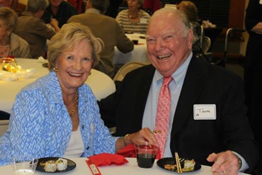
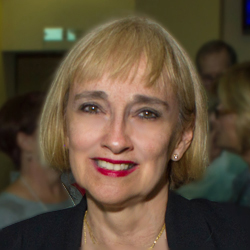
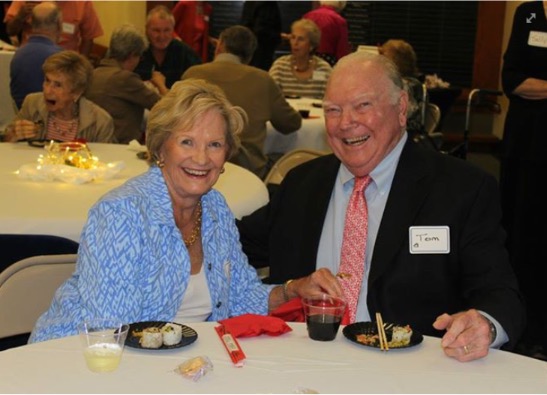
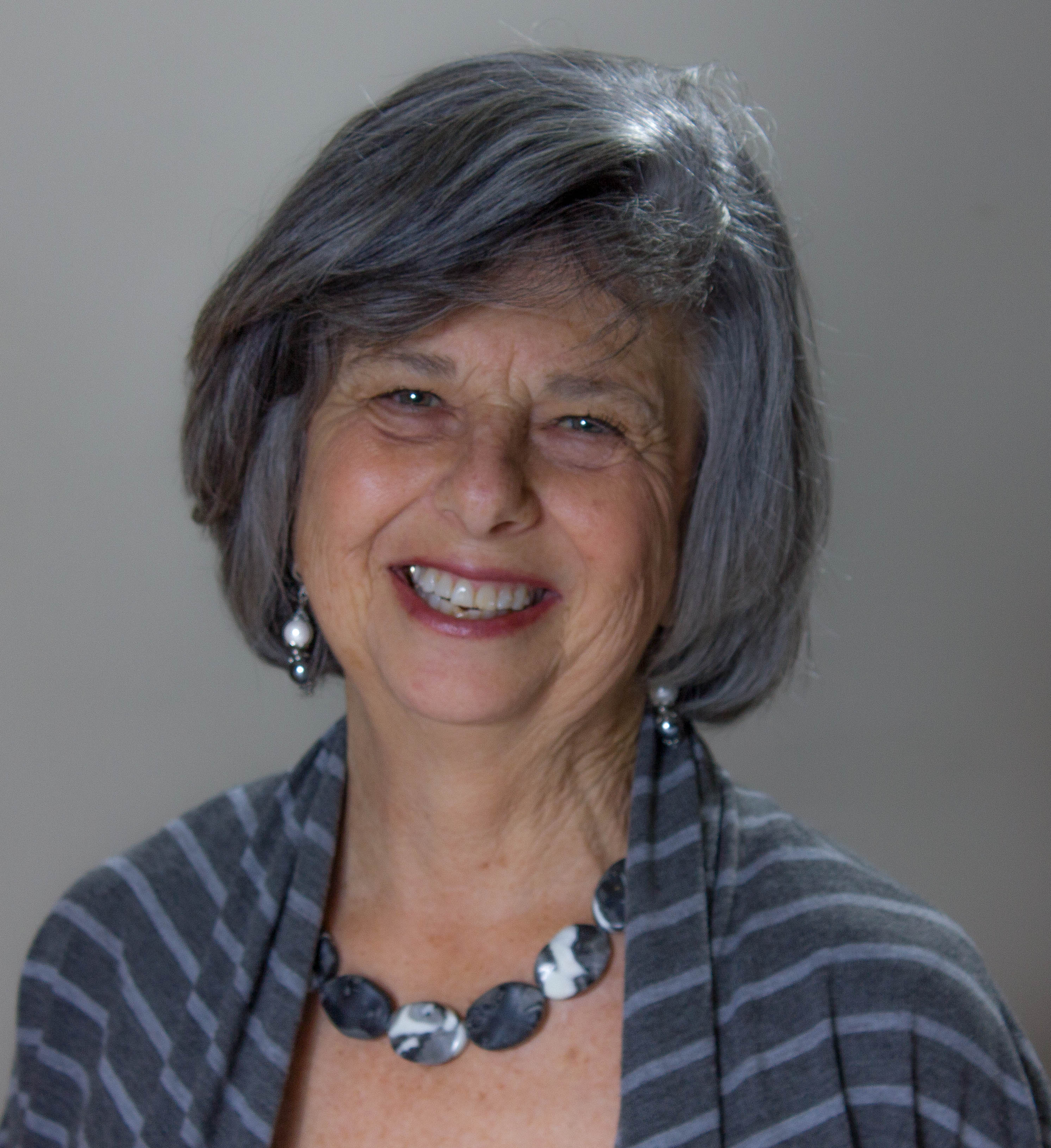
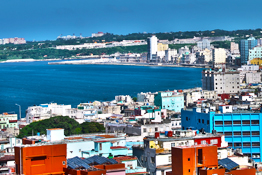

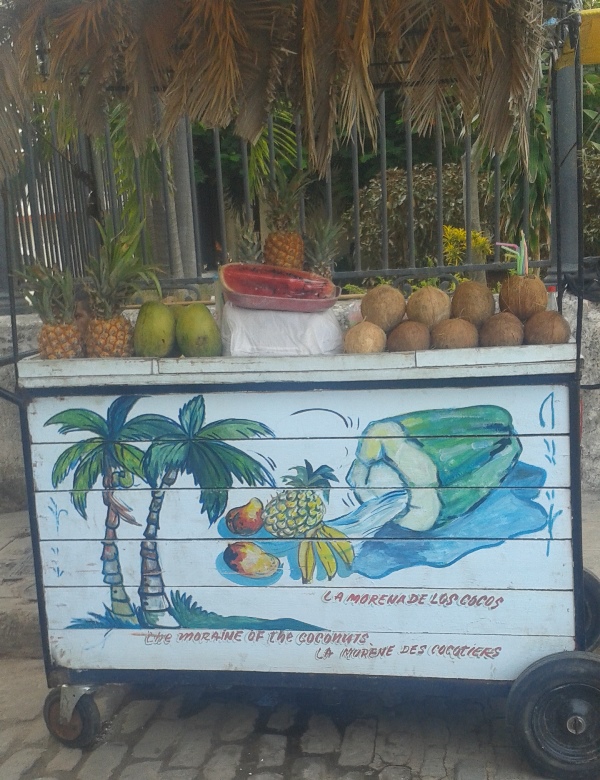
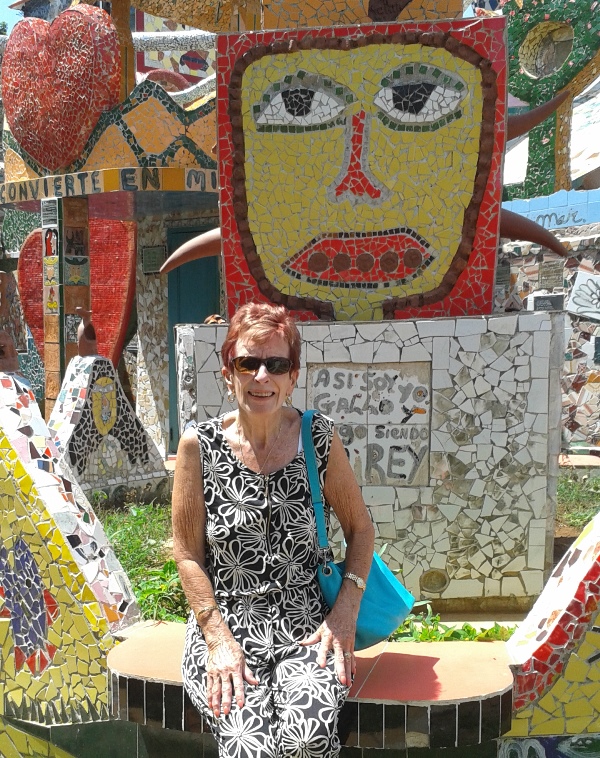
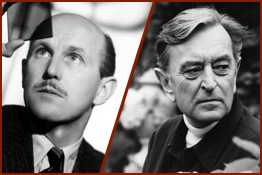
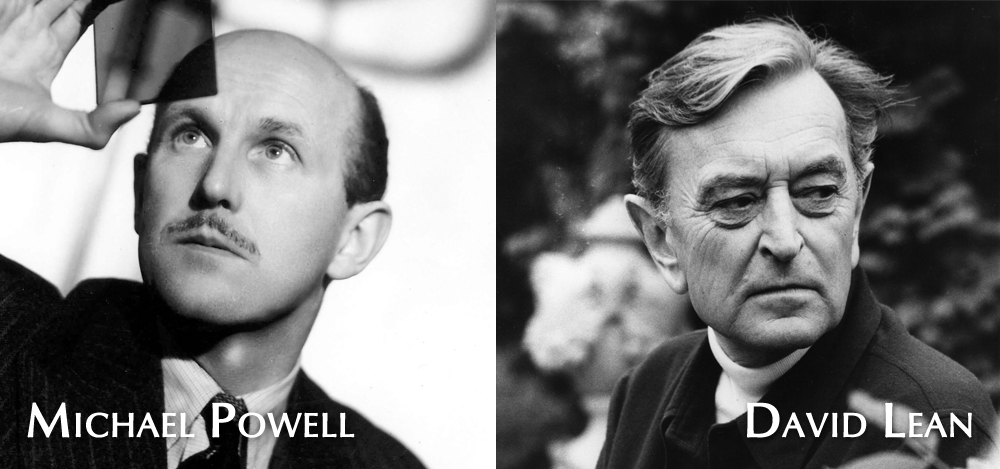
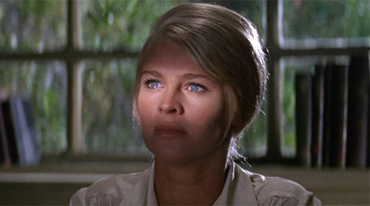

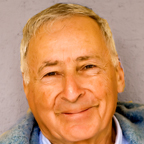
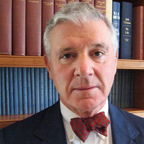

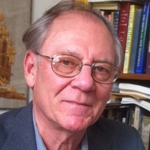
 r. Paul Mojzes is Professor Emeritus of religious studies at Rosemont College, Rosemont, Pennsylvania, where he used to be the Provost and Academic Dean. Currently, he is teaching a six-week course, “Religious Violence and Peacemaking,” at FAU LLS Jupiter on Thursdays at 2:30 p.m. He also taught in the Holocaust and Genocide Masters program at Stockton College in New Jersey. He is a native of Yugoslavia who studied at Belgrade University Law School, received the A.B. degree from Florida Southern College and a Ph.D. degree from Boston University in Eastern European church history. He is the co-editor of the Journal of Ecumenical Studies, and founder and editor of Occasional Papers on Religion in Eastern Europe. Author of six and the editor of fourteen books, he has written over 100 articles and chapters in books. Among his recent books are “Balkan Genocides: Holocaust and Ethnic Cleansing in the Twentieth Century,” “Yugoslavian Inferno: Ethnoreligious Warfare in the Balkans,” “Religious Liberty in Eastern Europe and the USSR,” and edited “Religion and War in Bosnia” and co-edited “Interreligious Dialogue Toward Reconciliation in Macedonia and Bosnia.” He lectured in numerous countries and participated in a great variety of interreligious dialogues and Holocaust and genocide conferences.
r. Paul Mojzes is Professor Emeritus of religious studies at Rosemont College, Rosemont, Pennsylvania, where he used to be the Provost and Academic Dean. Currently, he is teaching a six-week course, “Religious Violence and Peacemaking,” at FAU LLS Jupiter on Thursdays at 2:30 p.m. He also taught in the Holocaust and Genocide Masters program at Stockton College in New Jersey. He is a native of Yugoslavia who studied at Belgrade University Law School, received the A.B. degree from Florida Southern College and a Ph.D. degree from Boston University in Eastern European church history. He is the co-editor of the Journal of Ecumenical Studies, and founder and editor of Occasional Papers on Religion in Eastern Europe. Author of six and the editor of fourteen books, he has written over 100 articles and chapters in books. Among his recent books are “Balkan Genocides: Holocaust and Ethnic Cleansing in the Twentieth Century,” “Yugoslavian Inferno: Ethnoreligious Warfare in the Balkans,” “Religious Liberty in Eastern Europe and the USSR,” and edited “Religion and War in Bosnia” and co-edited “Interreligious Dialogue Toward Reconciliation in Macedonia and Bosnia.” He lectured in numerous countries and participated in a great variety of interreligious dialogues and Holocaust and genocide conferences.





